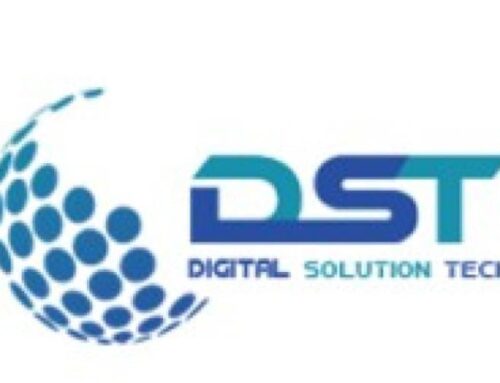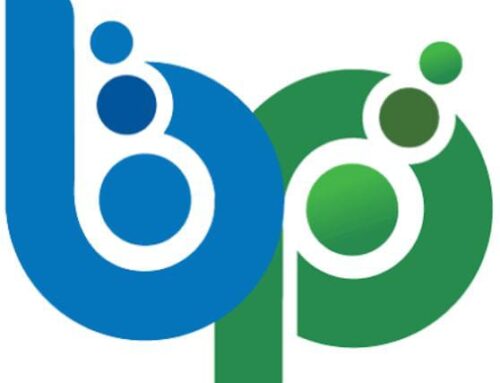In the ever-evolving digital landscape, Pay-Per-Click (PPC) advertising has emerged as a crucial component of online marketing strategies, especially in India. With the rise of internet users and increased digital penetration, businesses are increasingly adopting PPC to boost visibility and reach specific audiences. PPC advertising allows advertisers to only pay when someone clicks on their ad, making it a cost-effective model that delivers measurable results. In India, where mobile internet usage dominates, PPC Campaign have grown in relevance, helping businesses tap into the vast online user base.
Understanding PPC and How It Works
PPC is an online advertising model where advertisers pay a fee each time their ad is clicked. It’s a way of buying visits to your website rather than attempting to earn them organically. The concept is relatively simple, but effective PPC campaign management involves a deep understanding of the bidding system, ad placement, targeting options, and keyword strategy.
At the core of PPC is the bidding process. Advertisers bid on keywords that they believe their target audience will use when searching for products or services. The cost of the bid depends on the competition for those keywords, with more popular keywords commanding higher prices. PPC platforms, such as Google Ads, use algorithms to determine which ads will be displayed. They consider factors such as the bid amount, the quality of the ad, and the relevance of the landing page.
In the Indian market, the cost-per-click (CPC) can vary greatly depending on industry verticals and target demographics. However, compared to many global markets, the CPC in India tends to be lower, offering brands an opportunity to gain significant exposure at a reasonable cost.
Key Platforms for PPC in India
Several platforms are widely used for PPC campaigns in India. These platforms offer advertisers the ability to target specific audiences and customize campaigns to suit their business goals.
Google Ads
remains the most popular PPC platform in India, offering a wide range of ad formats, including search, display, shopping, and video ads. Google’s dominance as a search engine makes it the go-to platform for businesses looking to tap into India’s internet user base. With features like keyword targeting, location-based advertising, and advanced analytics, Google Ads provides detailed insights that help optimize campaigns.
Social media platforms like Facebook and Instagram also play a significant role in PPC advertising in India. With millions of active users on these platforms, businesses can target ads based on user demographics, interests, behaviors, and geographic locations. Facebook Ads Manager offers various ad formats, including carousel ads, video ads, and dynamic product ads, allowing businesses to engage users in visually compelling ways.
LinkedIn is another growing platform for PPC in India, especially for B2B marketers. LinkedIn Ads provides access to professionals and decision-makers, allowing companies to target campaigns based on job titles, industries, and skills. The precision targeting options make LinkedIn particularly effective for businesses in sectors such as education, technology, and consulting.
In the e-commerce sector, platforms like Amazon and Flipkart offer PPC options for sellers. Amazon’s Sponsored Products and Sponsored Brands allow businesses to promote their listings on the platform, reaching potential buyers as they browse or search for products. Similarly, Flipkart Ads enable advertisers to boost product visibility, drive traffic, and increase conversions.
Why PPC is Popular in India
The popularity of PPC in India can be attributed to its measurable ROI, flexibility, and the ability to target diverse audiences. One of the primary advantages of PPC is the clear and detailed reporting that platforms offer. Advertisers can track clicks, impressions, conversions, and the overall performance of their campaigns in real time. This level of transparency enables businesses to make data-driven decisions and continuously optimize their campaigns.
Another key factor driving PPC adoption in India is the ability to precisely target audiences. PPC campaigns can be fine-tuned to reach specific demographics, including age, location, gender, interests, and even browsing habits. This is particularly useful in a diverse country like India, where cultural, linguistic, and regional differences require highly personalized advertising efforts. Whether a business wants to target urban millennials in metropolitan cities or rural consumers in smaller towns, PPC provides the flexibility to do so.
Additionally, PPC campaigns offer cost-effectiveness. Businesses, regardless of their size, can set budgets that align with their financial capacity. Whether it’s a small local business or a large corporation, PPC provides scalable options that deliver results without overextending budgets. The ability to control costs and the option to pause or modify campaigns at any time give advertisers greater control over their spending.
Challenges of PPC in India
While PPC offers numerous benefits, managing campaigns effectively in India comes with its own set of challenges. The diversity of the Indian market means that one-size-fits-all campaigns rarely work. Advertisers must account for regional languages, varying levels of internet literacy, and different consumption patterns.
Keyword selection
is another challenge. India’s digital landscape is characterized by multilingual users who search for content in different languages. PPC campaigns that only focus on English-language keywords may miss out on a large portion of the market. Brands need to invest in comprehensive keyword research, including regional and vernacular terms, to capture a wider audience.
Ad fatigue
is also an issue in the Indian market, where users are exposed to a barrage of online ads across multiple platforms. Ads that are repetitive or not engaging can quickly lose effectiveness. To overcome this, businesses must continually refresh their creatives, experiment with new ad formats, and maintain relevance with their audience.
Finally, competition in certain sectors can drive up the cost of PPC campaigns, especially in industries like e-commerce, education, and travel. Businesses in these sectors often face high levels of competition for top-performing keywords, resulting in increased CPCs. Effective budget management and strategic bidding are essential to maintain cost efficiency.
Best Practices for PPC Campaign Management
To maximize the impact of PPC Campaign in India, advertisers must follow certain best practices:
Comprehensive Keyword Research:
Understanding the language preferences and search behaviors of the target audience is critical. Incorporating regional keywords and long-tail keywords can help businesses reach untapped segments.
A/B Testing:
Experimenting with different ad copy, images, and formats helps identify what resonates best with the target audience. Continuous A/B testing ensures that campaigns stay fresh and effective.
Optimizing Landing Pages:
PPC ads are only as effective as the landing pages they direct users to. A well-optimized landing page, with clear calls-to-action and fast load times, can significantly improve conversion rates.
Retargeting:
Retargeting helps in reaching users who have previously interacted with a brand but did not convert. This strategy keeps the brand top of mind and encourages users to return and complete the desired action.
Analytics and Reporting:
Regular monitoring of key performance indicators (KPIs), such as click-through rates (CTR), conversion rates, and return on ad spend (ROAS), allows businesses to optimize campaigns in real-time and ensure that they are achieving their goals.
Conclusion
PPC campaign management in India is a dynamic and evolving field. With the right strategies and platforms, businesses can reach vast and diverse audiences, drive targeted traffic, and achieve measurable results. While the challenges of language diversity, ad fatigue, and rising competition exist, effective management practices like continuous testing, keyword optimization, and retargeting can help overcome these obstacles. As digital advertising continues to grow, PPC remains a crucial tool for businesses looking to thrive in the competitive Indian market.
visit us : https://digitalsolutiontech.com/
visit our LinkedIn: https://www.linkedin.com/company/digitalsolutiontech/






Leave A Comment